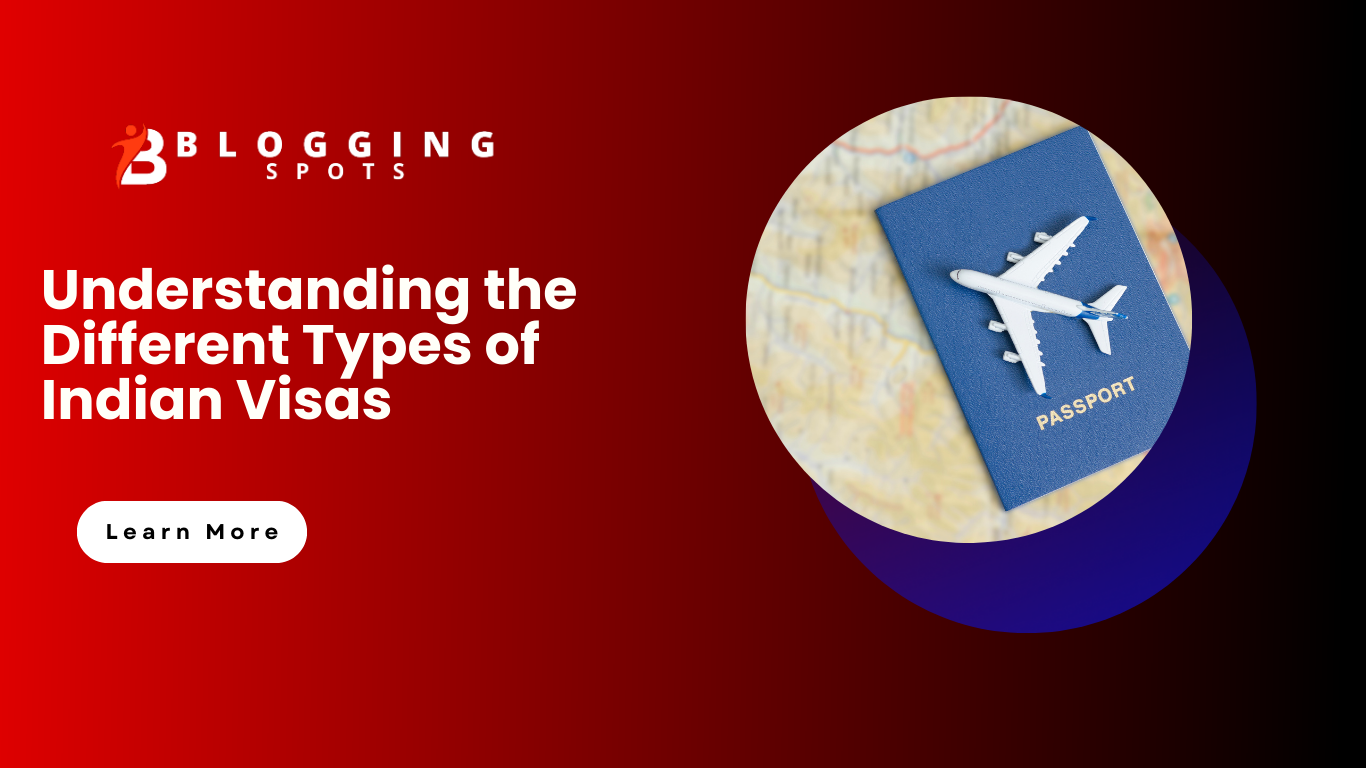Traveling to India can be an exciting experience, but it’s essential to understand the various types of Indian visas available to ensure a smooth journey. Whether you’re visiting for tourism, business, or medical purposes, knowing the right visa to apply for can save you time and hassle.
What is an Indian Visa?
An Indian visa is an official document issued by the Government of India that allows foreign nationals to enter, stay, and travel within the country for a specified duration. There are various visa types, each catering to different purposes of travel. Understanding these types is crucial for a successful visit.
Types of Indian Visa Available
India offers a range of visa categories to accommodate various needs. Here are some of the primary types:
- Tourist Visa: This is the most common visa for travelers visiting India for leisure and sightseeing. Generally valid for six months, it allows multiple entries.
- Business Visa: If you plan to conduct business activities, a business visa is required. This visa permits you to attend meetings, conferences, and establish business connections.
- Medical Visa: For those seeking medical treatment in India, a medical visa is necessary. This visa typically allows for up to one year of stay and can be extended under certain circumstances.
- Student Visa: Students planning to study at Indian institutions must apply for a student visa. This visa is valid for the duration of the course, plus a few additional months.
- Employment Visa: If you have a job offer from an Indian company, you will need an employment visa. This visa is usually valid for one year and can be extended based on your employment contract.
For a comprehensive overview of all available visa types, visit Types of Indian Visa.
How to Apply for an Indian Visa
Applying for an Indian visa is a straightforward process. Most applicants can apply online, making it convenient to submit necessary documents and pay fees. The process generally includes:
- Filling out an online application form.
- Uploading required documents, such as a passport copy and photographs.
- Paying the visa fee through secure online payment methods.
- Scheduling an appointment, if needed, at the nearest Indian consulate or embassy.
Conclusion
Understanding the various Indian visa types is vital for a successful trip to India. By selecting the right visa based on your travel purpose, you can ensure compliance with Indian regulations and enjoy your stay without any legal hurdles. For more detailed information on Indian visa types, check out Indian Visa Types.
Embarking on your journey with the correct visa will not only save you from potential issues at the border but also enhance your travel experience in this diverse and culturally rich country. So, take the time to research and choose the right visa type for your upcoming visit!






Leave a Reply